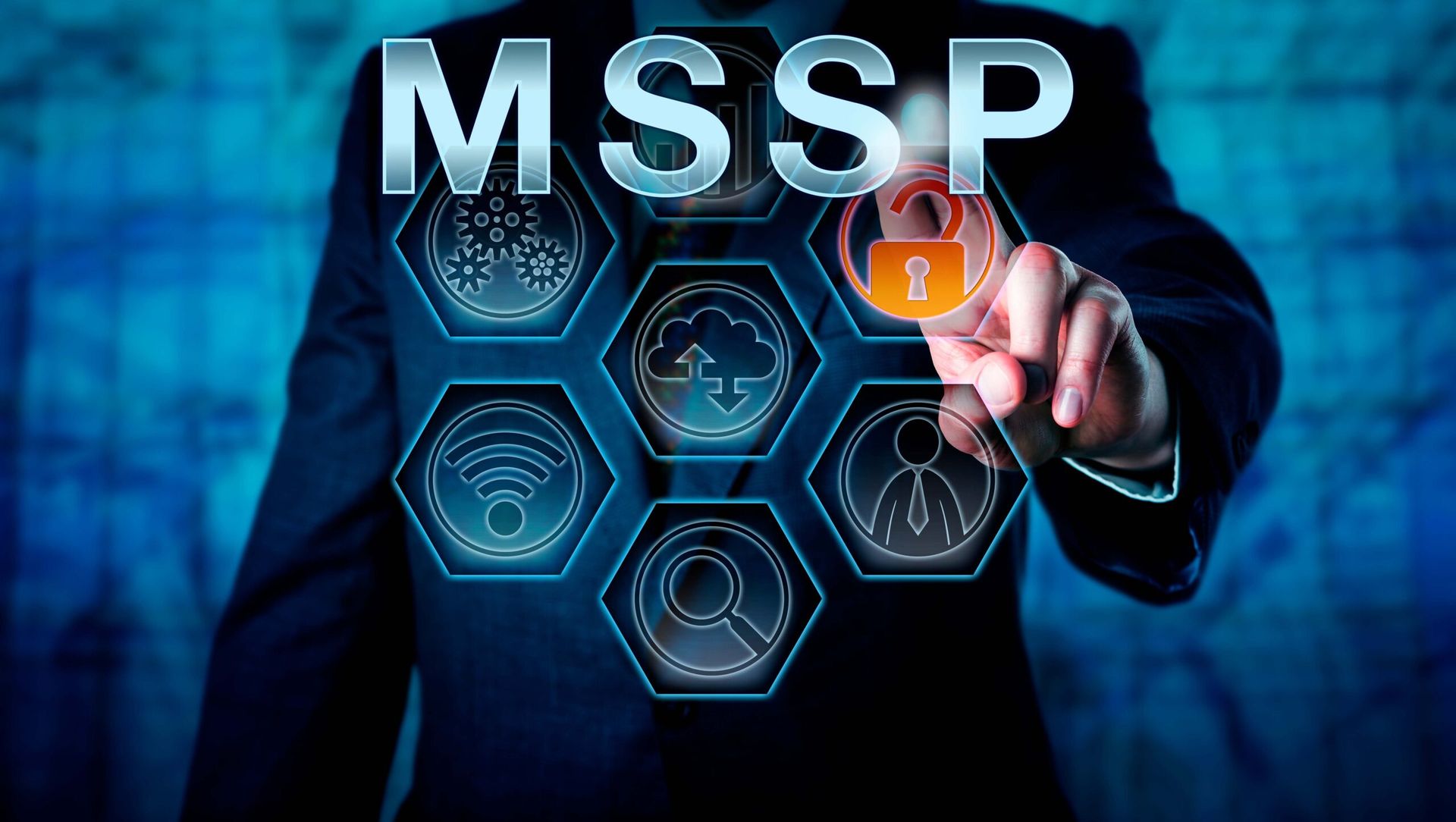Cybercriminals have successfully encrypted data in nearly 75% of ransomware attacks on healthcare organizations, amounting to the highest rate of encryption in the past three years, Sophos said in a new report.
The study's results, chronicled in the vendor's newly released report, The State of Ransomware in Healthcare 2023, show a significant increase in the number of healthcare organizations (61%) that were impacted by a data encryption event in 2022.
The survey polled 3,000 IT/cybersecurity leaders in organizations with between 100 and 5,000 employees, including 233 from the healthcare sector, across 14 countries in the Americas, EMEA and Asia Pacific.
Healthcare's 24% Success Rate
Of particular note, only 24% of healthcare organizations were able to disrupt a ransomware attack before the attackers encrypted their data. That level is down from 34% in 2022 and is the lowest rate of disruption reported by the sector over the past three years.
“To me, the percentage of organizations that successfully stop an attack before encryption is a strong indicator of security maturity, said Chester Wisniewski, field chief technology officer and Sophos director. "For the healthcare sector, however, this number is quite low — only 24%. What’s more, this number is declining, which suggests the sector is actively losing ground against cyberattackers and is increasingly unable to detect and stop an attack in progress."
Wisniewski believes that the ransomware threat has simply become too complex for most companies to go at it alone.
"All organizations, especially those in healthcare, need to modernize their defensive approach to cybercrime, moving from being solely preventative to actively monitoring and investigating alerts 24/7 and securing outside help in the form of services like managed detection and response (MDR)," he said.
Healthcare Taking Longer to Restore Cyber Health
Additional key findings from the report include:
Sophos' Steps to Protect Your Organization
Sophos offers recommendations to strengthen security defenses:
In addition, users should take the following measures:




